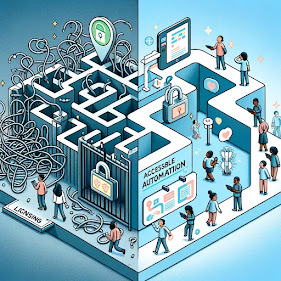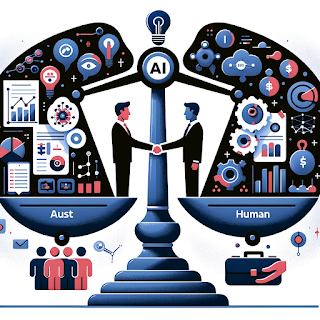Navigating the Maze of Automation Licensing: How Restrictive Policies Impede Progress and the Path to Simplified Solutions
The restrictive licensing policies implemented by Microsoft in Power Automate have been a topic of significant discussion and concern in the IT community. Microsoft has initiated licensing enforcement in Power Automate, stipulating that flows (automated processes) must meet specific requirements, or they will be turned off. This enforcement applies to various flows, and there are particular criteria for what constitutes a "proper" license, such as a Dynamics 365 License or a Power Automate per User License. Certain scenarios require an additional Power Automate per flow license, adding complexity and potential cost to the automation setup.
One major concern is the impact on flows run by a service principal or non-interactive user. This licensing enforcement could require additional licenses for all flows in downstream environments, significantly increasing the cost, especially for larger organizations. The enforcement also includes specific exclusions, such as flows using first-party Dynamics apps or those in the context of an app.
Microsoft has created tools to help identify flows that may not be correctly licensed, and associations can be made between flows and apps to ensure compliance. However, this process has challenges, as the association might only succeed if the app and flow use different data sources. Additionally, Microsoft checks the usage of the associated app to prevent circumvention of the licensing requirements through dummy apps.
The timeline for this enforcement began in mid-2023, with a grace period for owners to rectify any licensing issues. After this period, flows not correctly licensed would be turned off, impacting their functionality.
In contrast, the Nintex platform offers a more flexible and accessible approach to automation. Nintex's features include process identification and management, workflow automation through cloud-based apps, application development, forms automation, robotic process automation (RPA), document generation, and analytics. These tools are designed to empower teams, streamline digital transformation, and enhance productivity and efficiency across various business processes, from employee onboarding to invoice booking.
This comparison highlights the challenges faced by organizations in navigating the complex licensing requirements of platforms like Microsoft's Power Automate and the potential benefits of more flexible, user-friendly platforms like Nintex. The restrictive nature of Microsoft's licensing can hinder the scalability and adaptability of automation solutions, which are critical for organizations aiming to stay competitive and efficient in the rapidly evolving tech landscape.
(Heads up, readers! The ideas in this post are all mine, but the swift delivery is courtesy of my AI sidekick. It's like a dynamic duo: I bring the creativity, AI handles the speedy assembly. Teamwork makes the dream work!)




Comments
Post a Comment